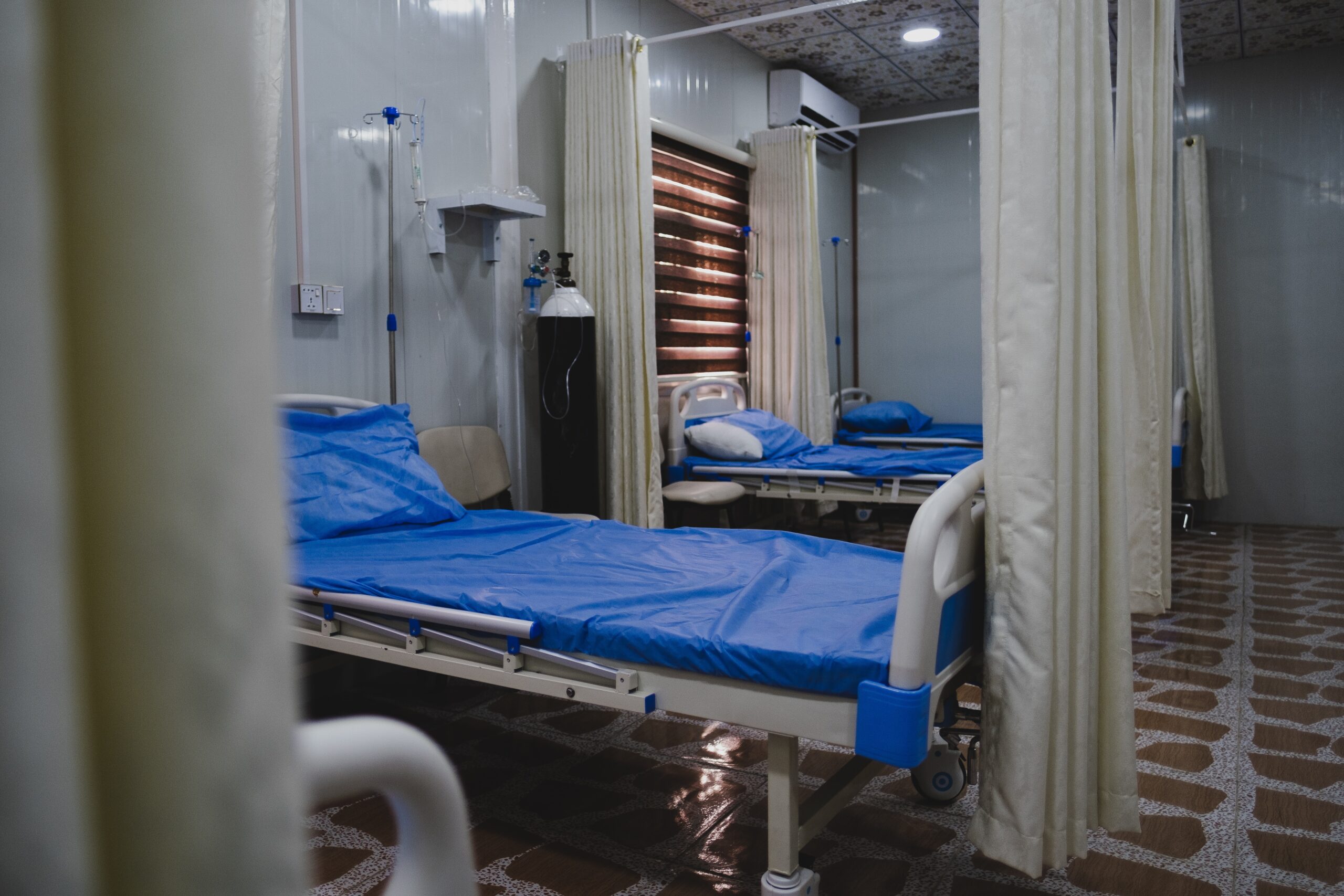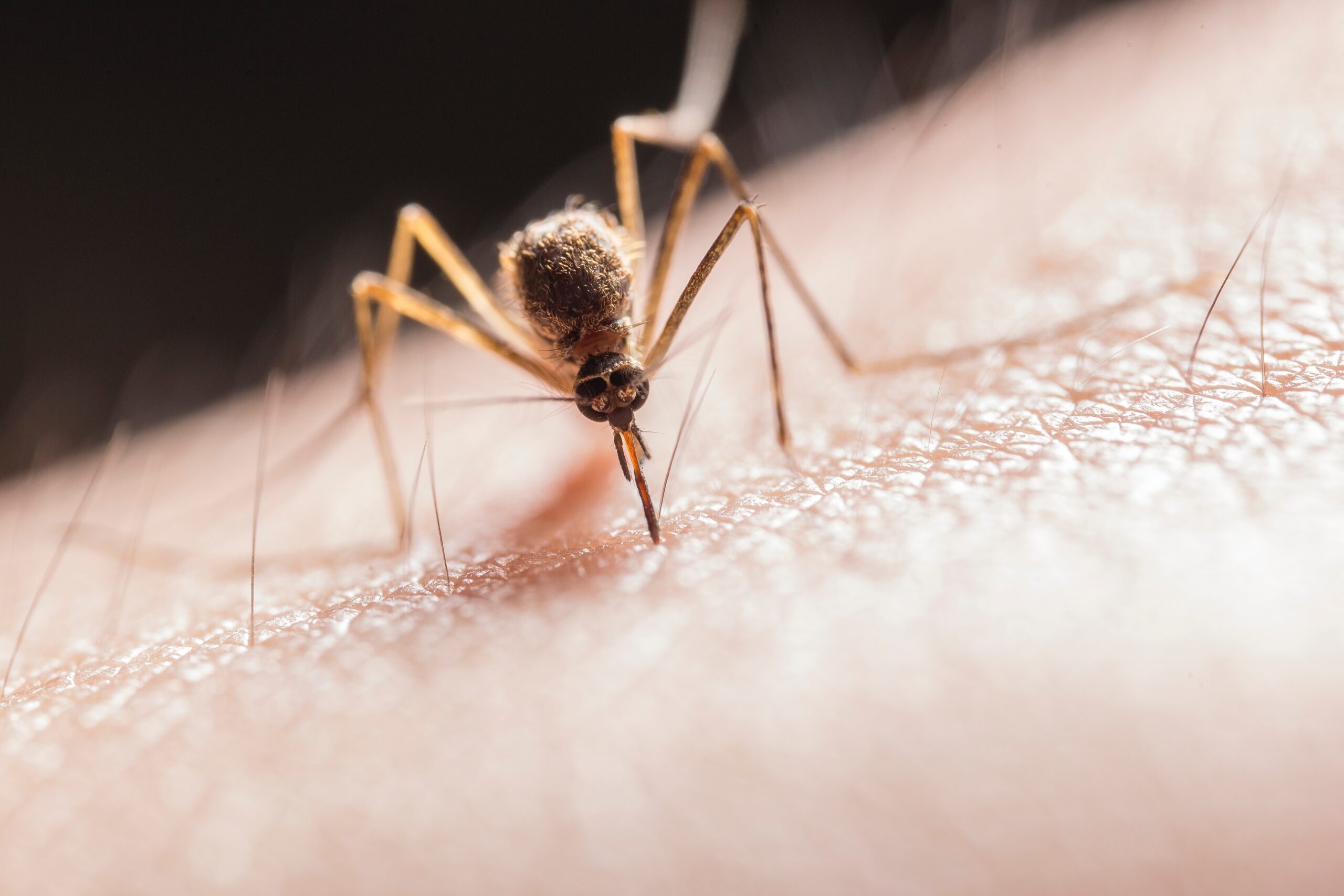A recent study highlights the reemergence of leprosy, historically a fearsome affliction, in Florida, particularly in Central Florida. The study points to a case of a 54-year-old man, diagnosed with the disease, who had never traveled outside Florida. Such cases indicate that leprosy could now be considered endemic in the state. This surge has predominantly affected Central Florida, which accounted for 81% of the state’s reported cases in 2020. Brevard County has witnessed 20 of these cases, puzzling doctors regarding the sudden spike in numbers.
Key Statistics:
- Cases peaked in 1983, then diminished, but began to rise again approximately 20 years ago.
- The U.S. records fewer than 200 cases annually, with the numbers not exponentially increasing.
- Central Florida’s contribution stands at a concerning 81% of the state’s total cases.
- 159 new cases were reported in 2020.
Understanding Leprosy: Symptoms, Causes, and Treatment
Also known as Hansen’s Disease, leprosy is caused by the slow-growing bacteria, Mycobacterium leprae. A vast majority (about 95%) of people have a natural genetic resistance to this bacteria. The disease can take up to 20 years after exposure to manifest symptoms, making early detection and diagnosis a challenge.
Transmission:
- Spread through droplets from an infected person’s nose and mouth after sustained close contact.
- Contact with armadillos, known carriers of the bacteria, can lead to infection.
- Centers for Disease Control and Prevention (CDC) highlights that the majority are not at significant risk.
Symptoms:
- Skin: Discolored patches, growths (nodules), and dryness.
- Nervous System: Numbness, muscle weakness, particularly in extremities, and enlarged nerves.
- Eyes: Problems that may culminate in blindness. Mucous Membranes: Nose obstructions and bleeding.
Diagnosis:
- Characterized by darker or lighter skin patches.
- Loss of sensation in affected areas.
Treatment:
- A regimen of multiple antibiotics is administered concurrently.
- Early treatment can render patients non-contagious within a week.
Consequences of Neglect
Untreated leprosy can inflict permanent damage. This includes nerve damage, leading to paralysis, blindness, loss of eyebrows, and nose disfigurement. Additionally, there’s potential for enduring stigmatization and isolation due to the physical alterations tied to the disease.
Other Health Concerns in Central Florida
Leprosy isn’t the only ailment making headlines in Central Florida.
- Rabies: Marion County issued an alert after three raccoons tested positive. Additionally, a family dog in Lakeland, Polk County, confronted a rabid raccoon.
- Malaria: Southwest Florida, particularly Sarasota County, has reported several cases of malaria. The county has taken proactive measures, deploying aircraft and ground teams to administer insecticides in the affected locales.
Global Perspective and Ongoing Research
Despite the increasing numbers in Florida, the global perspective on leprosy remains relatively stable. Around 200,000 new cases are identified worldwide each year, with a significant number in Southeast Asia and India. However, the roots of some of these cases, particularly those locally acquired without clear exposure, remain an enigma to researchers. Efforts to culture the bacteria in labs have not been fruitful, leaving several questions about the disease’s progression and transmission unanswered.
In conclusion, while leprosy might evoke images of ancient afflictions, the reality is that it remains a pertinent health concern in specific areas, necessitating awareness, early diagnosis, and treatment.










